You must be aware of the print renaissance of the last few years. More than ever, the people are craving for real, tangible pieces of art - books, magazines, periodicals that they can hold and peruse in their hands without the distraction of a screen. There’s something about reading a piece of work in your hands - especially one crafted impeccable well - that’s never going out of style.
Our friends over at
are one of the best in the business when it comes to creating beautiful, timeless books that pass as heirloom pieces. We got the chance to ask George, the founder, a few questions about the unique approach taken at and all the unseen magic that goes behind creating their famous pieces of art. Beauty is truly all around us. Enjoy the read!Q: What does beauty mean to you?
A: Beauty is a transcendental experience that happens in the space between things. What I mean by that and I say this as a student of the late Sir Roger Scruton - is that beauty is an experience that is felt in the world of second person experience. It is not merely a feeling, or an object, but an encounter. Most intelligent people see it as some form of encounter with the divine (in whatever aspect they determine that to be), but ultimately that it is an encounter between two sovereign subjects, the lover and the beloved as it were.
For me this is fundamentally important because it determines why we put such effort into the look and feel of our books, we want people’s experience with our books to be just such an encounter.
Q: What does the Old Sovereign Publishing mark represent?
A: It’s an image of St George on his horse slaying the dragon that used to adorn the reverse of the old English gold sovereign coin. It’s a mark of quality, the kind of quality that we want to maintain as a business.
Q: If you were stranded on a deserted island and could only bring one book with you, what would it be?
A: I always find this a difficult question, you have The Bible of course, and Gibbon’s Decline & Fall would be high up there on the list too. The collected works of Shakespeare would keep you entertained as would those of Goethe who has the greatest range of any writer, he is disgracefully under read in the Anglophone world.
I think seeing as I am on a deserted island I would want something that was an ode to life and that you could slowly peel the layers off over time and there is no book that offers this better than The Magic Mountain by Thomas Mann. It is a deep meditation on time and life and joy, in a way that nothing else I have ever read has been (other than maybe Goethe’s Wilhelm Meister). The protagonist throughout the 1,000 pages you spend with him is in many ways in a similar situation to the one you would find yourself in alone on an island and in that respect, the perfect companion.
Q: What does the general process of crafting one of your books look like - from start to finish?
A: Long, deep and many layered. First is the decision on which book to publish, then it is finding an artist to bring the story itself to life in a way that adds a dimension and layer to it that didn’t exist prior. We then work with the artist to determine a style and direction for the project and push for the best that they are capable of producing. We actually have pretensions to commissioning genuine works of art via this process, unbound from the gatekeeping of the art community and gallery system; only time will tell if we can turn it into a new impressionist salon.
We then have to typeset the book and the artworks together into a coherent whole. Choosing the font/typeface for the printing of the various parts of the book. We also have to iron out any corruptions or problems with the text itself. When we’re happy we go to print and develop the book block for binding (this involves segmenting the book into ‘signatures’ which are thread sewn together to provide extra sturdiness in keeping the book together).
Once this stage is complete, it depends on whether the books are cloth or leather bound. Cloth bound books we work with the artist to produce a simplified image that we can develop into a stamp template that can be heated and embossed into the book cover. With our leather bound books we work with a traditional paper marbler in the English county of Wiltshire who uses an old fashioned oil and water technique to coat the papers that compose the half-binding.
For the cloth bound books, these are then placed into the cloth casing. For the leather books there are further steps in the process. The first of these is to work with the tannery to provide a whole hide tanned and dyed to order to the bookbinders in Edinburgh. The binder then puts together the various elements: book block, leather, hand marbled paper into a solid and individually cut whole. He then hand presses the stamp for the spine which we work with him to create for each book. We then have the finished books sent to a calligrapher to hand number each edition.
And then it’s done! Each book takes the best part of a year to plan and execute which is why we have to stay at least 12 months ahead in our planning. Dostoyevsky’s Crime & Punishment for example has already been commissioned with an artist in July 2025 to be released in July 2026.
Q: How are your books different to how modern bookmakers do it?
A: A spade is a spade and a book is a book. The key differentiating character is the quality of the materials and the artworks that go into it. We are focused on quality over quantity. That’s not to say that there aren’t publishers who go the extra mile, we are just developing our own style and techniques that differentiate us and make what we do unique. Our ambitions are also to expand the possibilities of what any one publisher can do, our Pocketbooks are a start to this but we are also planning a poetry collection that we hope can beautify poetry in a way that its historical prestige as secular scripture will be re-justified.
Q: What/Who are your biggest inspirations?
A: I was a Classics undergrad so Graeco-Roman culture has had an immense influence on my life, ultimately up to and including the adoption of the Roman Catholic religion. For my Masters degree I studied philosophy under Sir Roger Scruton who became a personal friend and influence before his death in more ways than I can ever write here to thank him for. The work of Oliver Sacks and Professor Iain McGilchrist was instrumental in convincing me to pursue medicine which I am a year away from qualifying for now.
From literature, Shakespeare and Goethe are supreme. From art, Michelangelo, Bosch, Turner, Renoir, Klimt and Dali. From music, Beethoven.
Q: What are the technical challenges that you’ve faced with crafting the books that you make?
A: Producing King Solomon’s Mines took multiple years off of my lifespan. Since then we have gotten the hang of it and have become better and more efficient with every book.
One of the hardest elements to get right is typesetting which is why you see so many badly put together reprints of books on the market. We decided it was important to engage someone to help with this specifically and have been very fortunate to bring someone onboard who has the functional programming know how to get this right.
Q: How important is art for the young man/woman of today?
A: Art is in many ways an outward expression of our inward experiences. We as a generation need to find a voice for our experiences that is an affirmative movement towards Life. Not the sterile and sclerotic experience that becomes anti-Life (and in many ways anti-beauty) that is pre-packaged for us by modern culture. That is not to say that it has to be uplifting, but whatever the subject it has to be attacked with all of the energy and vigor of youth rather than the fetid humidity and hypomania of a generation in the grip of Xanax and SSRI’s. Art offers us the opportunity to genuinely re-enchant the future. So whether it is through painting, sculpture, writing, acting, music, etc, young people need to actively engage with it and use it to reimagine the possible.
Q: What has been the favorite project you’ve worked on so far?
A: Whilst it was an absolute joy to work with Ruxandra on Black Beauty, Sam Wild on the first volume of Plutarch and Ben Pook on the soon to be released Prisoner of Zenda it was actually Hunger by Knut Hamsun. It was something slightly different from our usual ways of working but it was a joy for me personally to create as I had to go through the entire oeuvre of Edvard Munch, a truly phenomenal artist, in order to find the works that would narratively illustrate the content of the book.
We essentially used it as an opportunity to pair literature and art into an attempt at what the Germans call Gesamtkunstwerk, the total work of art. I think it expresses best for me the kernel of what we are trying to achieve via book illustration and it should be inspirational and aspirational to the young artists that we work with to reach for and produce works of art that are equal to those of Munch and that can be hung in galleries.
Q: What does a day in your life look like?
A: I wake up around 6:30am and ritually put the moka pot on the stove before jumping into the shower. I then sit down to breakfast with my wife, every morning almost without fail.
After this, I head to the hospital where I spend the morning and early afternoon on the wards or in clinics, predominantly as an observer, but also to be grilled by the consultant doctors on particular cases or ailments.
I’ll then head off to the gym on my way home. I’ll take an hour if I can, otherwise I’ll aim to do 25-30 minutes of sprints on the track.
Back at home by about 5pm my wife and I will make a meal together. Always home cooked and always eaten together at the table.
6:30pm-9:30pm is time for OSP. This can be conversations with artists, catching up on correspondence from suppliers, formatting the next project, accounting, or forward planning with Gabriel my co-director (and illustrator of King Solomon’s Mines and Lord Jim). All blue sky thinking is consigned to the weekend, weekdays are for the real work.
9:30pm I either sit down to an old movie with my wife, or we read for a few hours (I still manage to get through around 60 books a year).
All of this may change in January when our first child arrives.
The questions in this piece were so graciously answered by George Carter of Old Sovereign Publishing. Head to oldsovereignpublishing.com to get your hands on one of their beautiful leather bound books. Reach them on X @OldSovPub and on Instagram @OldSovPub.





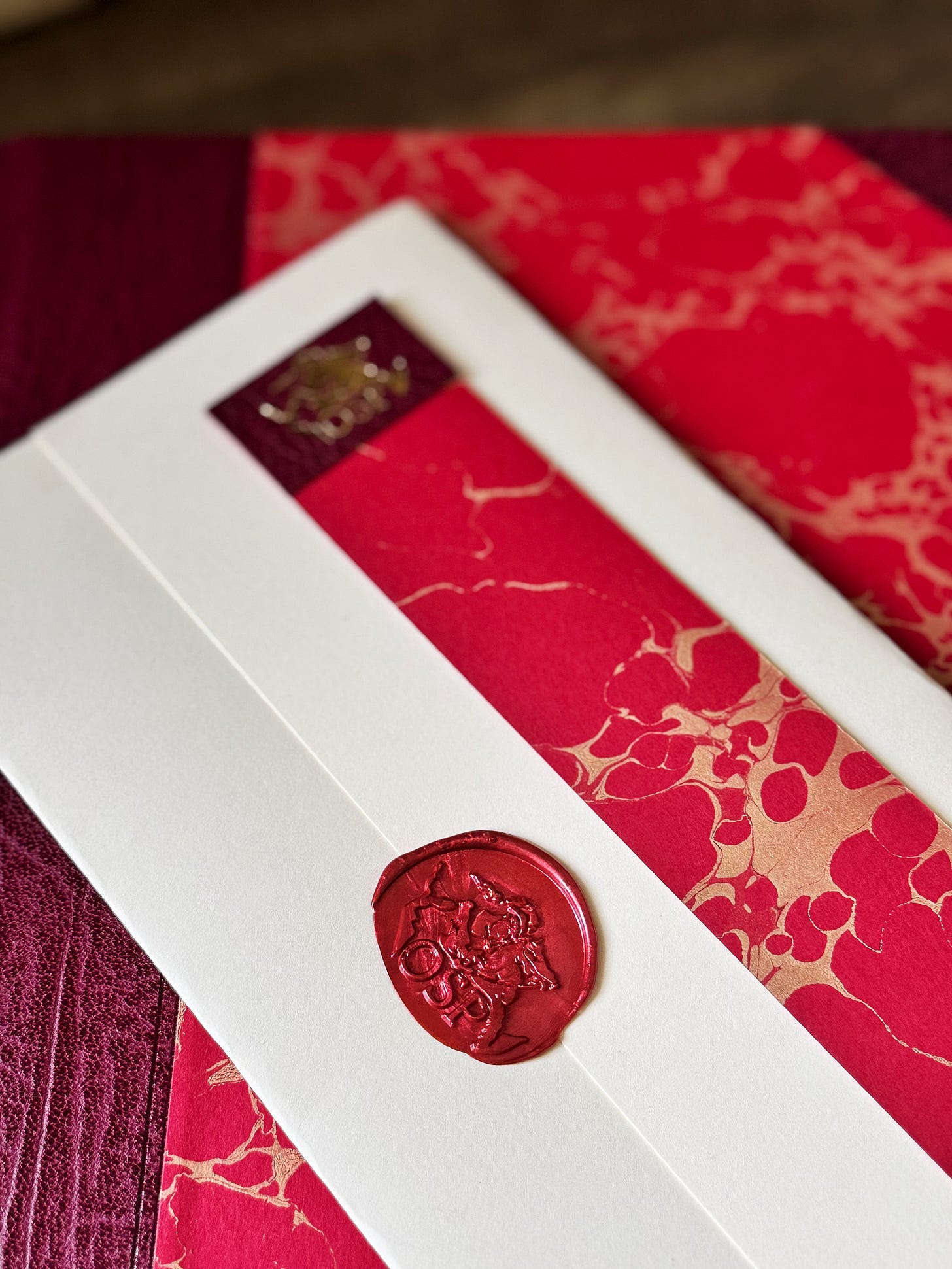
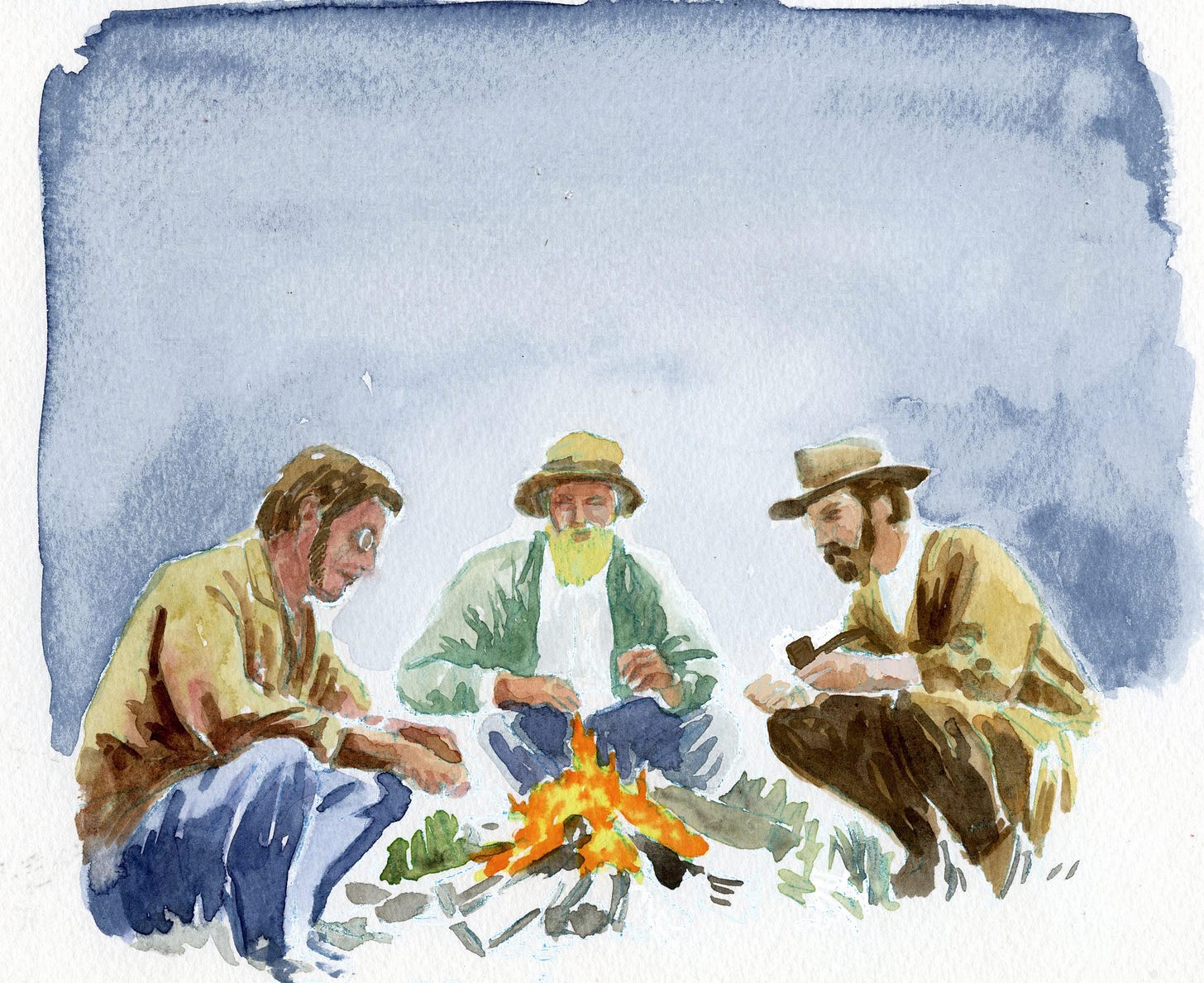
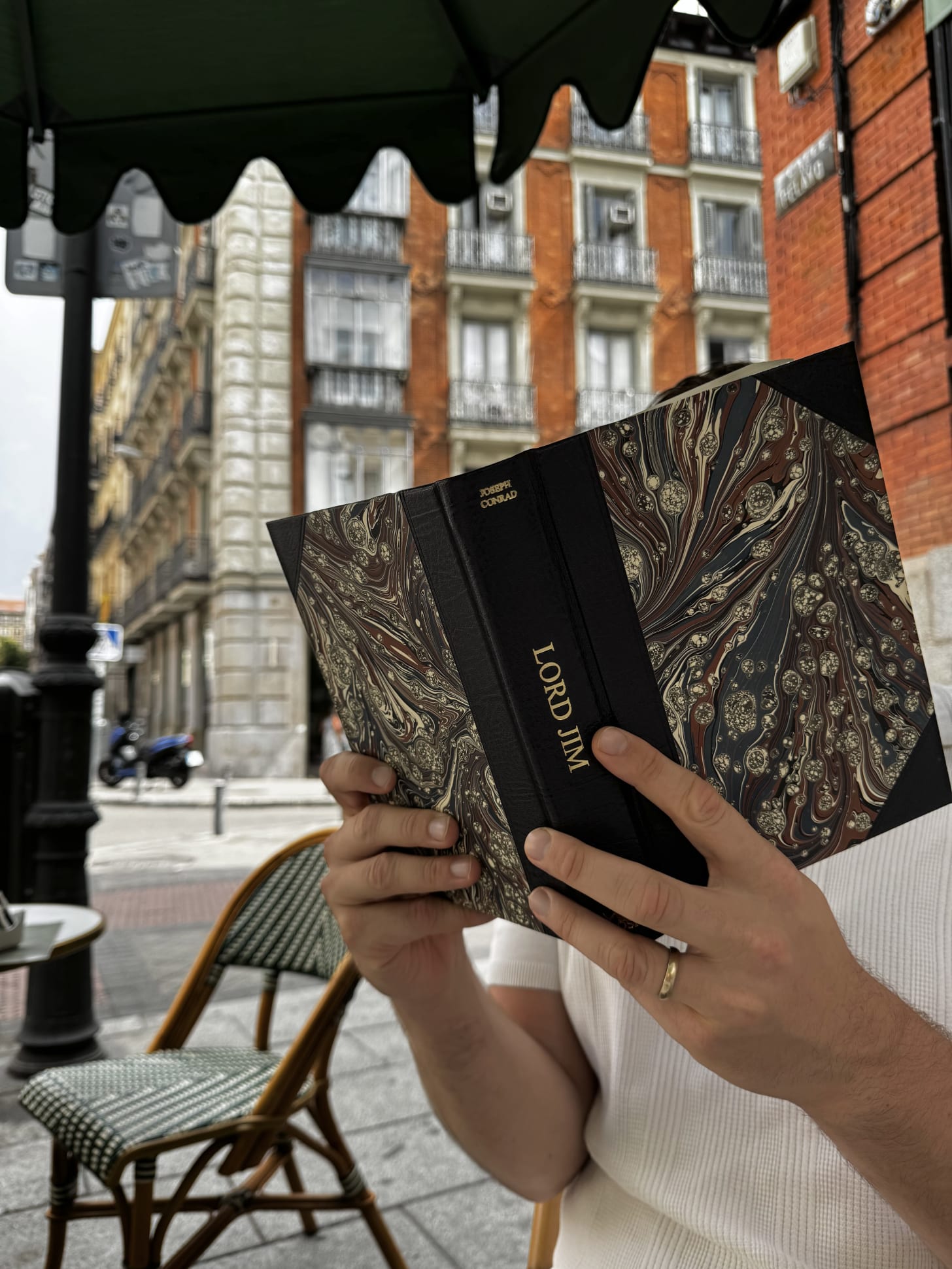

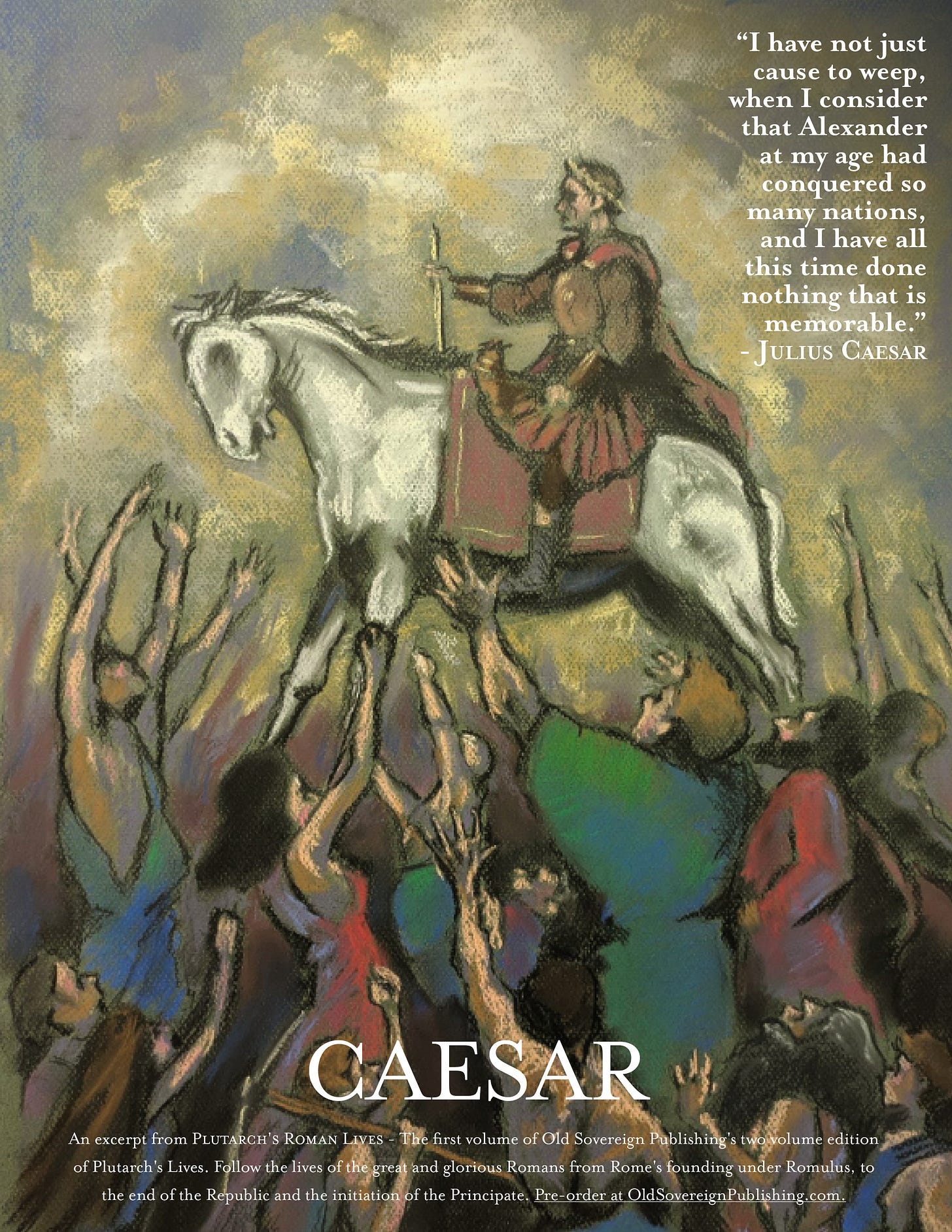
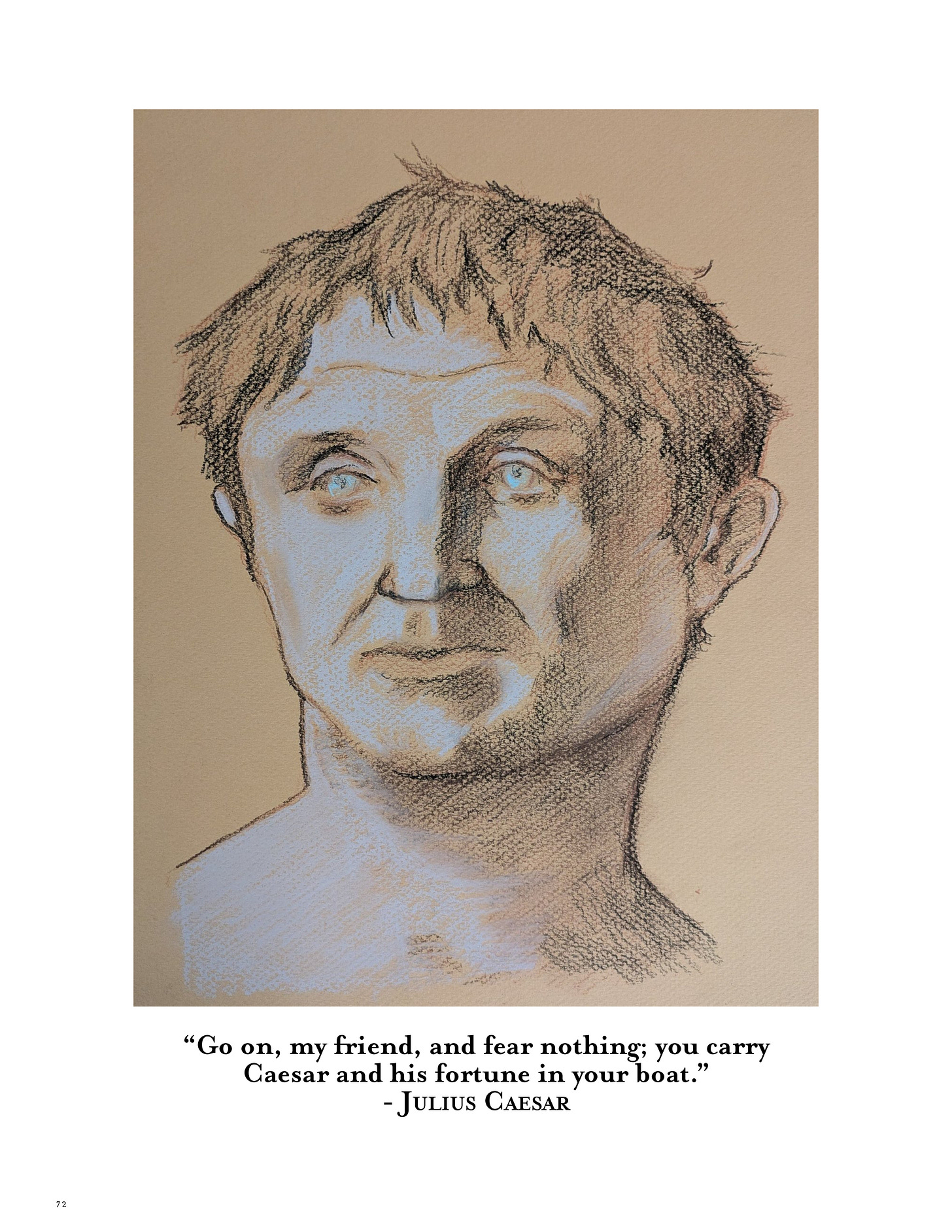
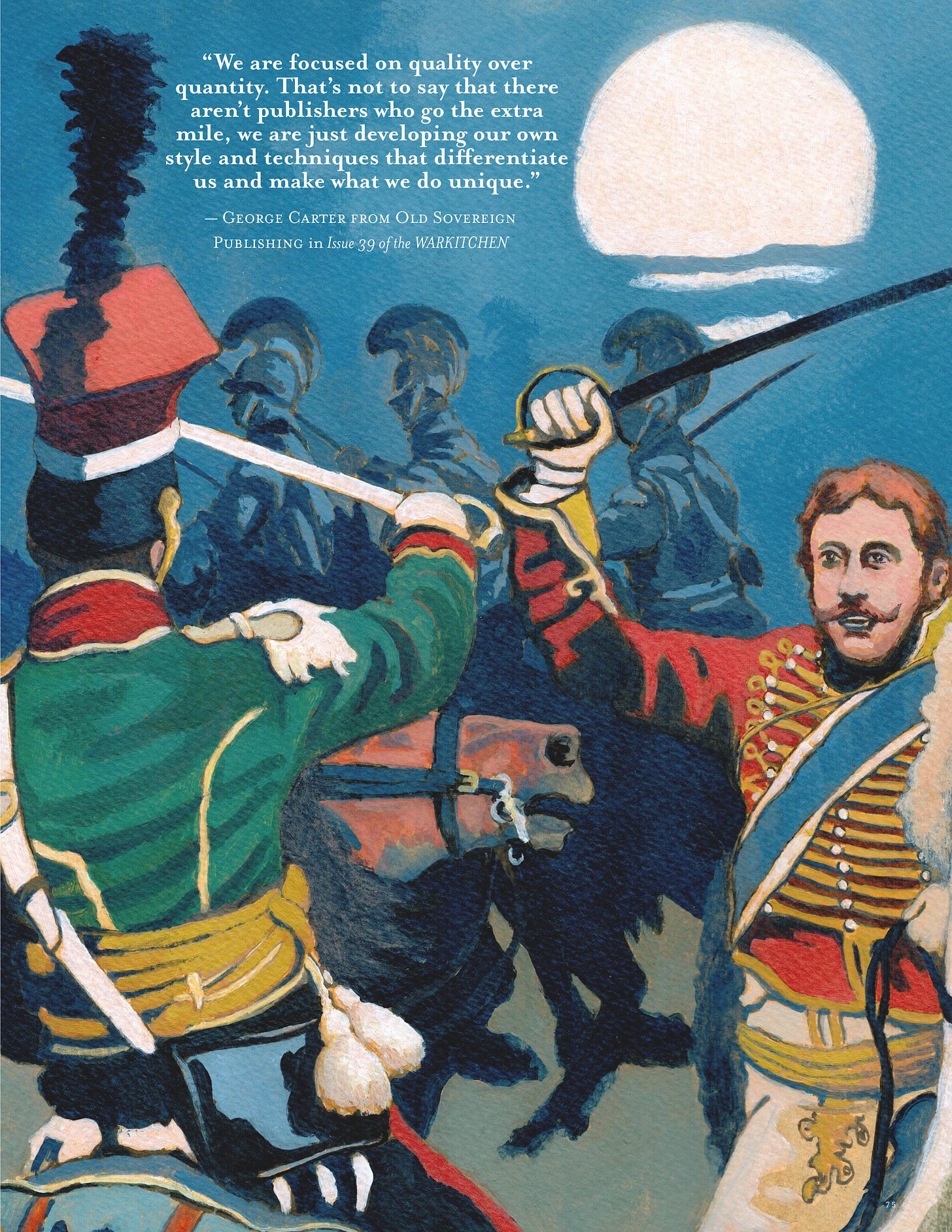
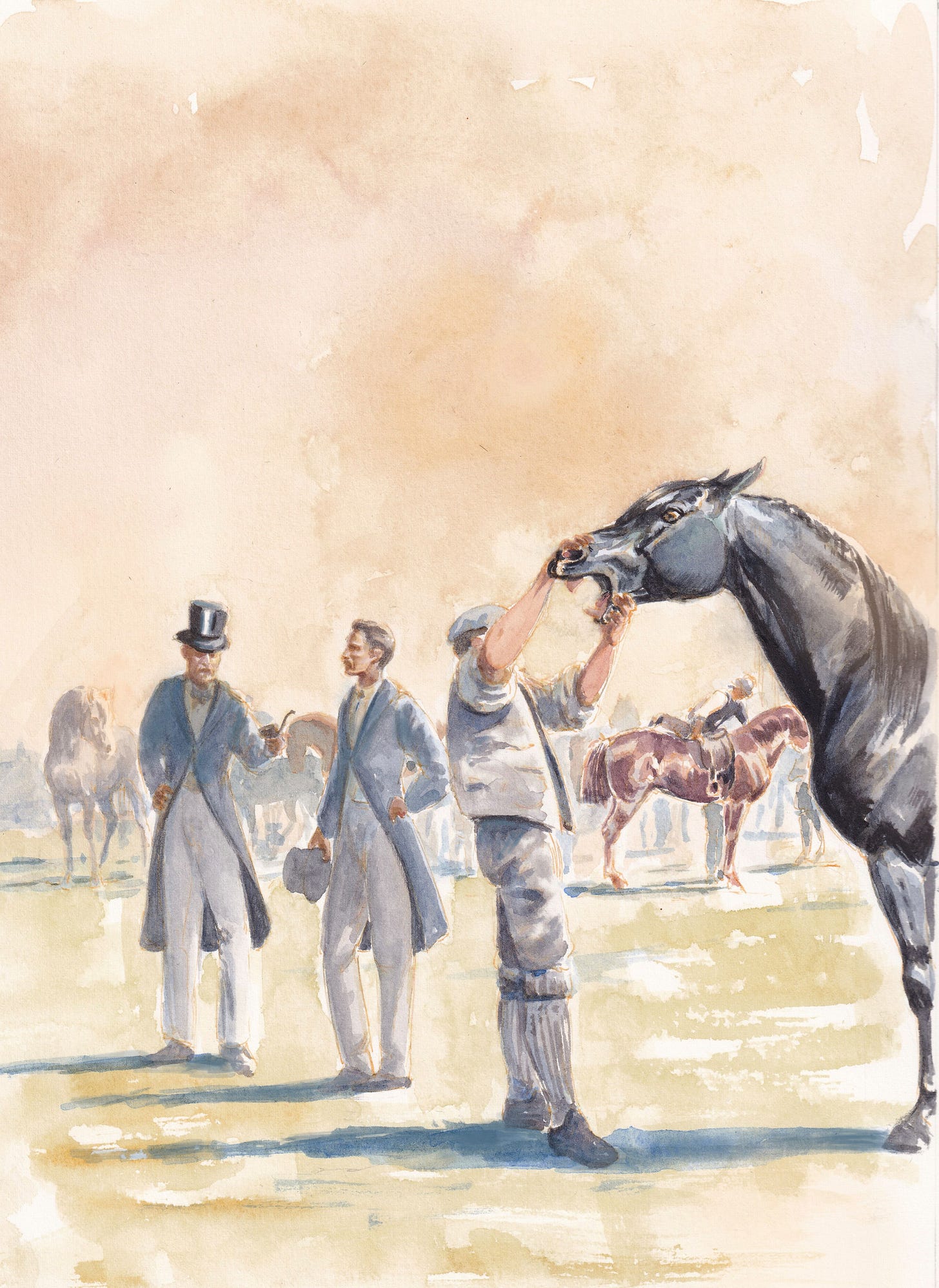



What a beautiful craft! Thanks.